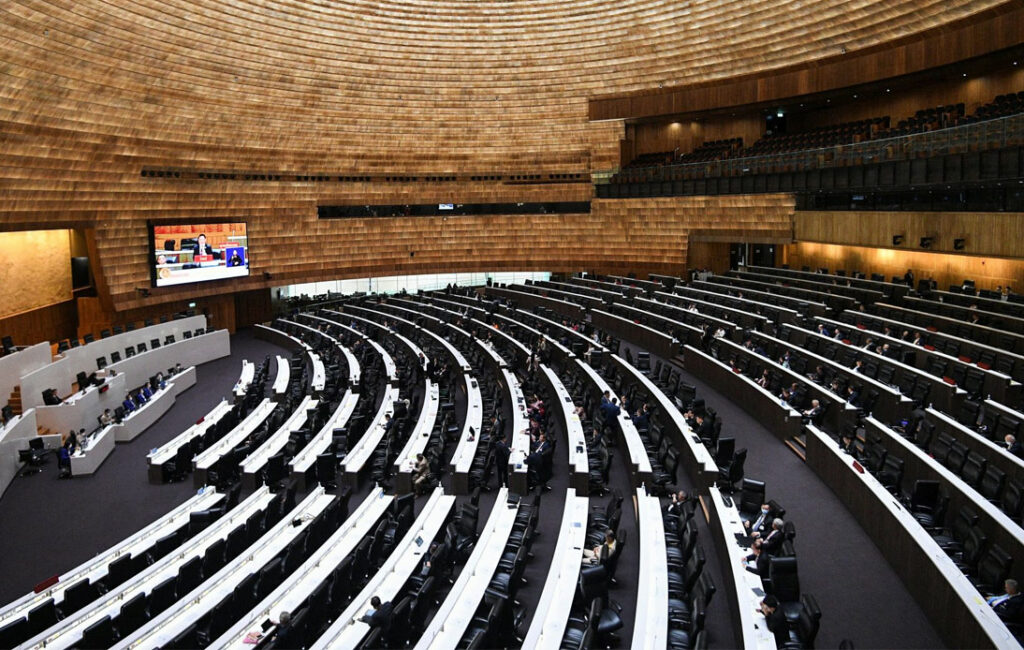
The heat wave hitting Europe has broken several June temperature records across most of the continent, including the Arctic Circle.
According to the latest reports, the intense heat has caused temperatures to rise above average, by up to 20°C, in many European countries.
On Monday, temperatures in Poland reached 35°C while Germany recorded scorching temperatures above 37°C.
In Banak, Norway, the temperature reached 32.5°C, considerably higher than the June 13°C average. It was also the highest temperature ever recorded inside the Arctic Circle in Europe.
The Norwegian fishing village Mehamn in the country’s Arctic far north erased the previous June record after recording a temperature of 30.8°C on June 28. In Tromsø, also above the Arctic Circle, the temperature hit 29.9 °C.
Temperature records were also broken in Croatia and Slovenia, reaching 36°C and 34°C on Thursday, respectively. Bosnia and Herzegovina were also hit by the heat wave, recording temperatures just 0.2°C below June’s record high of 41°C.
The extreme heat also spread to North Africa. In Tunisia, temperatures equaled their monthly 48.7°C record high on Monday.
Also, during the past weekend, hot air covered many cities in France and Spain, with temperatures similar to those usually recorded in late July or August. The heat wave caused a forest fire in the Sierra de la Culebra in the Spanish province of Zamora earlier this month.
In Rome, Italy, the temperature broke an all-time high and set a June milestone on Tuesday, reaching 40.8 °C. The country is also experiencing a severe drought.
The heat in Florence and Naples also set monthly records this week, at 41.8°C and 37.5°C, respectively, said meteorological historian Maximiliano Herrera.
Monthly temperature records were also broken in countries outside Europe, such as the United States, Japan, Iran, and China.
Heat waves are often caused by local factors such as land use and urbanization. However, scientists believe that climate change has worsened temperatures across the globe.
Andrew Dessler, a climate scientist at Texas A&M University, said experts no longer know the difference between a heat wave and a new normal for warm weather.
“As time goes on, more and more of the planet will be experiencing extreme temperatures, until eventually, with enough global warming, every land area in the mid-latitude Northern Hemisphere would be above 100 degrees,” he explained.





















